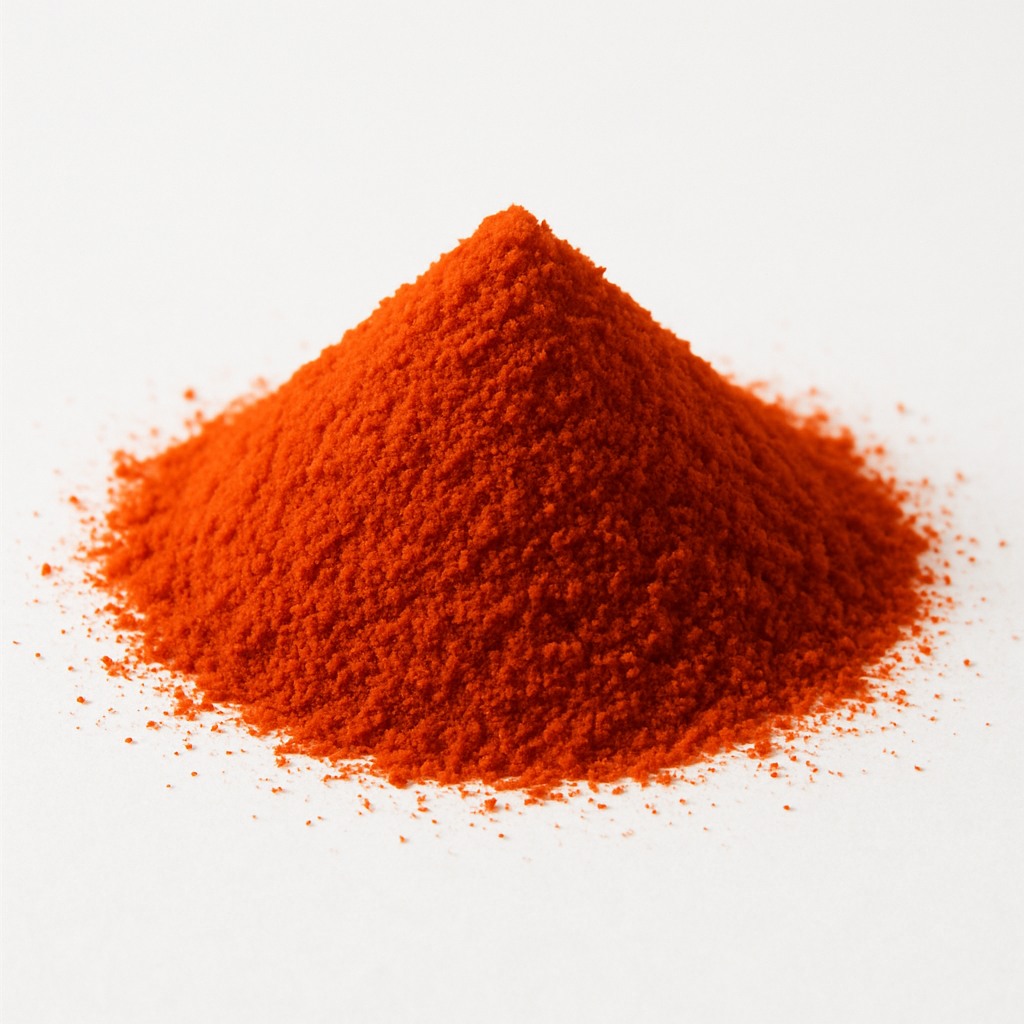Wadi
Paprika
Paprika
Couldn't load pickup availability
Primary Uses:
1. Culinary:
- As a spice in various dishes such as stews, soups, and sauces
- As a seasoning for meats, poultry, and fish
- As a garnish for deviled eggs, potato salad, and other dishes
2. Flavoring:
- Adds a mild, sweet, and slightly smoky flavor to dishes
- Enhances the flavor of other spices and herbs in a dish
- Can be used to balance out the heat of spicy dishes
3. Aroma:
- Adds a pleasant aroma to dishes
- Can be used in spice blends and rubs to add depth to the aroma
- Can be used to add a smoky aroma to dishes without actually smoking them
Other Uses:
1. Culinary garnish: Paprika is commonly used as a spice and garnish in various cuisines around the world. It adds a mild, sweet and smoky flavor to dishes and is often used to season meats, stews, soups, and sauces.
2. Medicinal uses: Paprika is believed to have several health benefits due to its high content of antioxidants and anti-inflammatory compounds. It is often used to treat digestive issues, improve blood circulation, and boost immunity.
3. Ornamental uses: Paprika plants are often grown for their colorful fruits, which range from bright red to orange and yellow. They can be used as ornamental plants in gardens and landscapes.
4. Religious uses: Paprika is used in some religious ceremonies and rituals, particularly in Hinduism and Buddhism. It is believed to have spiritual and cleansing properties.
5. Insect repellent: Paprika contains capsaicin, a compound that is known to repel insects and pests. It can be used as a natural insecticide in gardens and homes.
6. Dyeing agent: Paprika can be used as a natural dyeing agent for fabrics and textiles. It produces a range of warm, earthy colors, from orange to brown.
7. Folklore uses: Paprika has been used in traditional folk medicine and remedies for centuries. It is believed to have healing properties for various ailments, including sore throat, cough, and fever.
Caution:
1. May cause irritation or allergic reactions in some individuals.
2. Can lose its flavor and color over time if not stored properly.
3. May contain additives or fillers in some commercial brands.
4. Can be expensive compared to other spices.
5. May not be suitable for certain dishes or cuisines.
6. Can stain clothing or surfaces if spilled.
7. May not be readily available in some regions or countries.
8. Can be difficult to distinguish between different types or grades.
9. May not provide significant health benefits compared to other spices.
10. Can have a strong, overpowering flavor if used in excess.
Share


